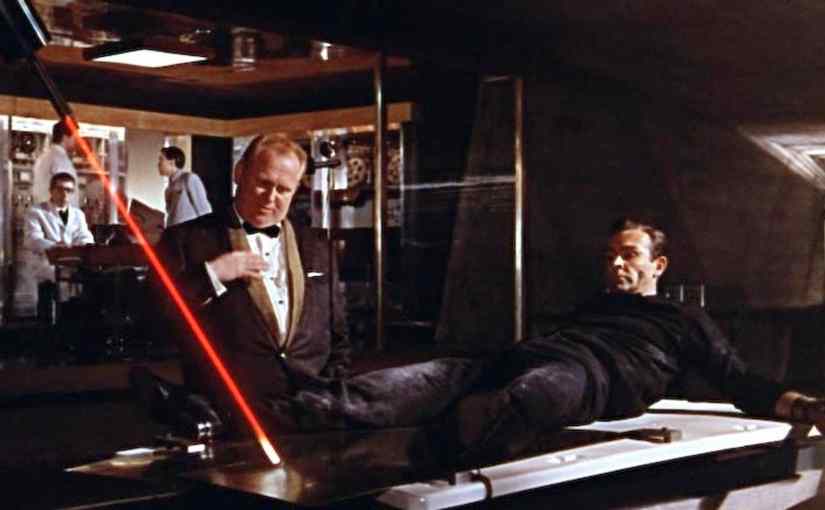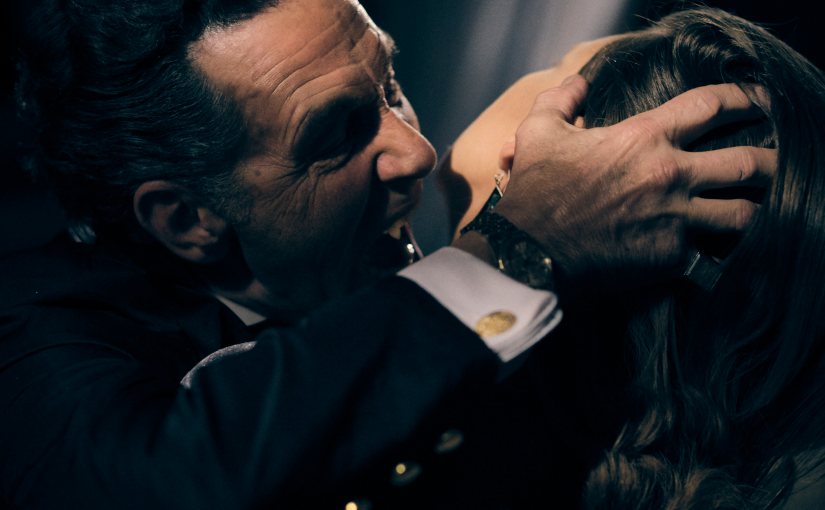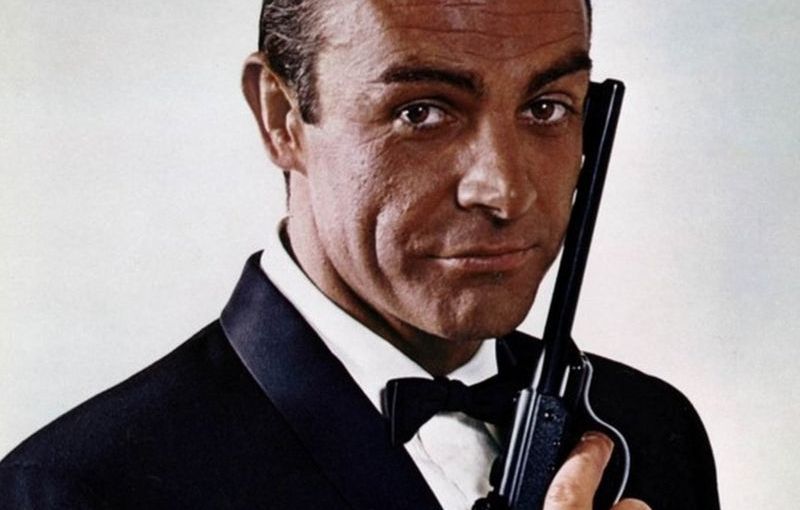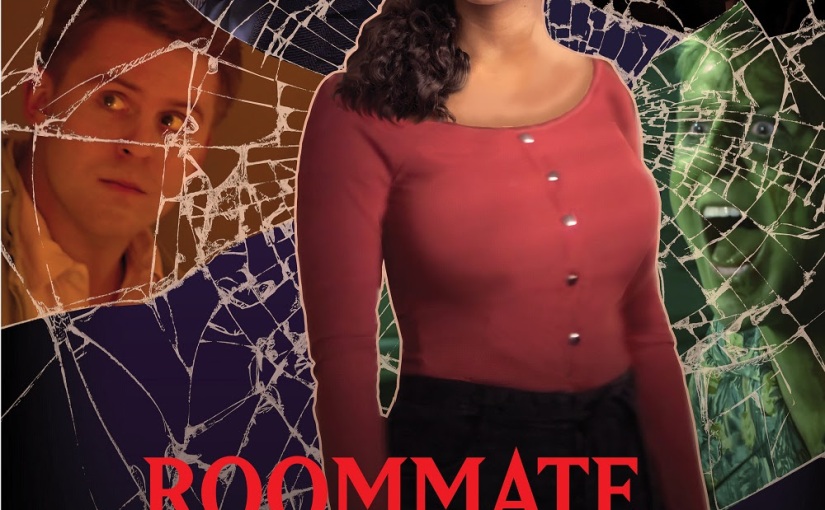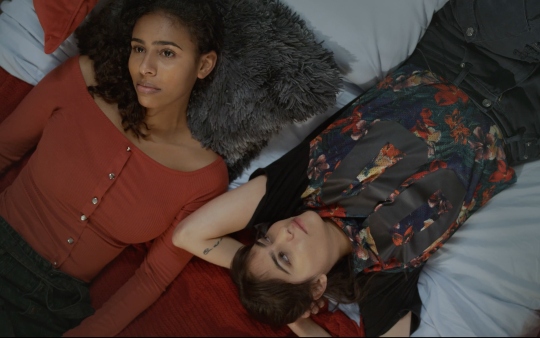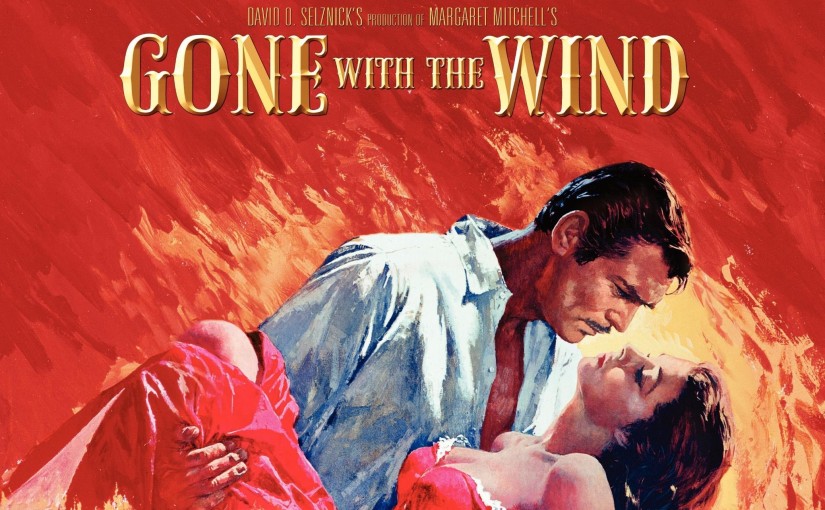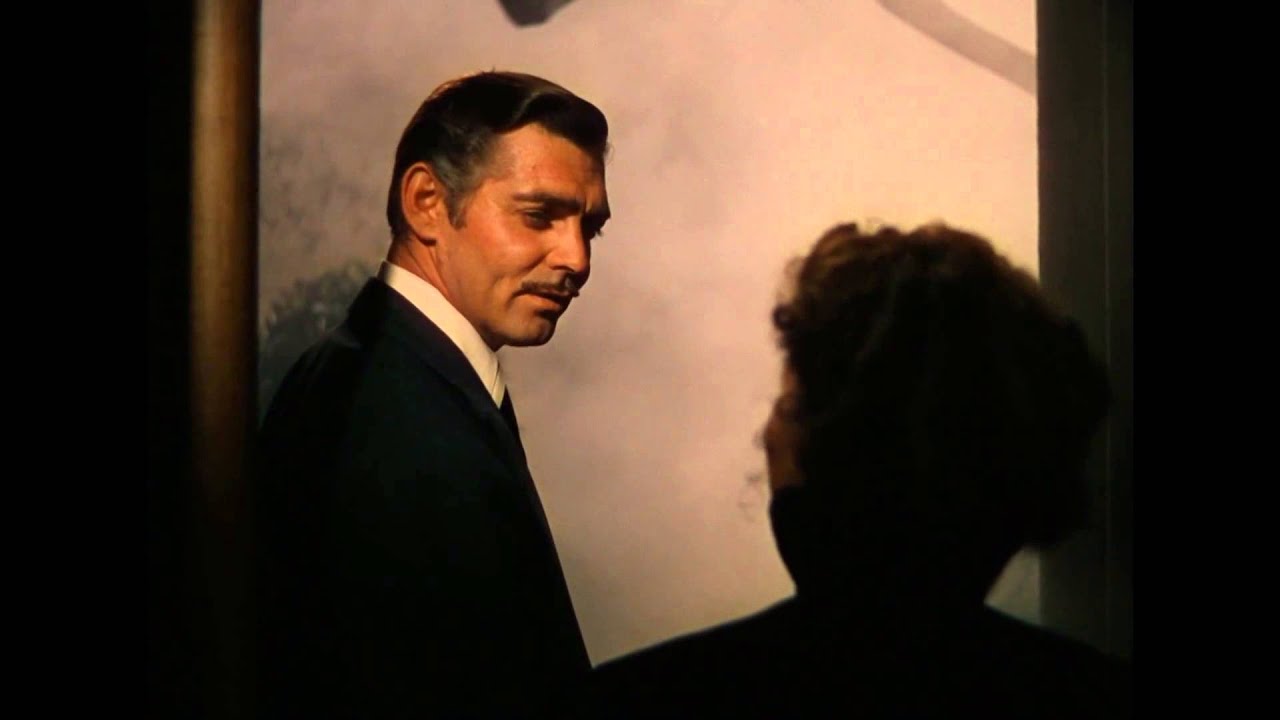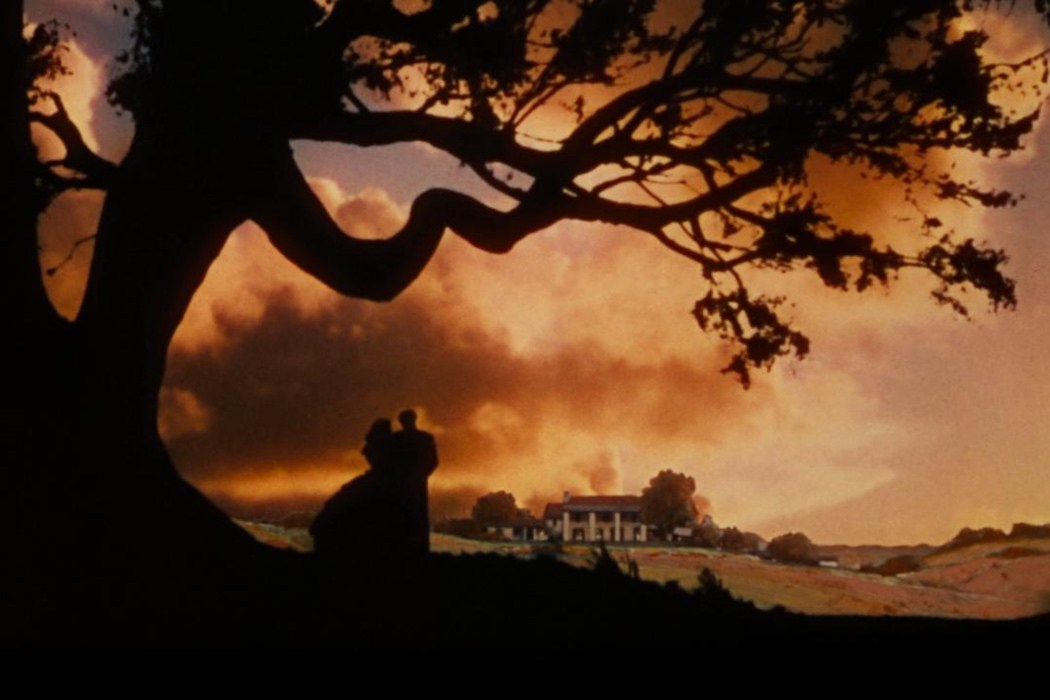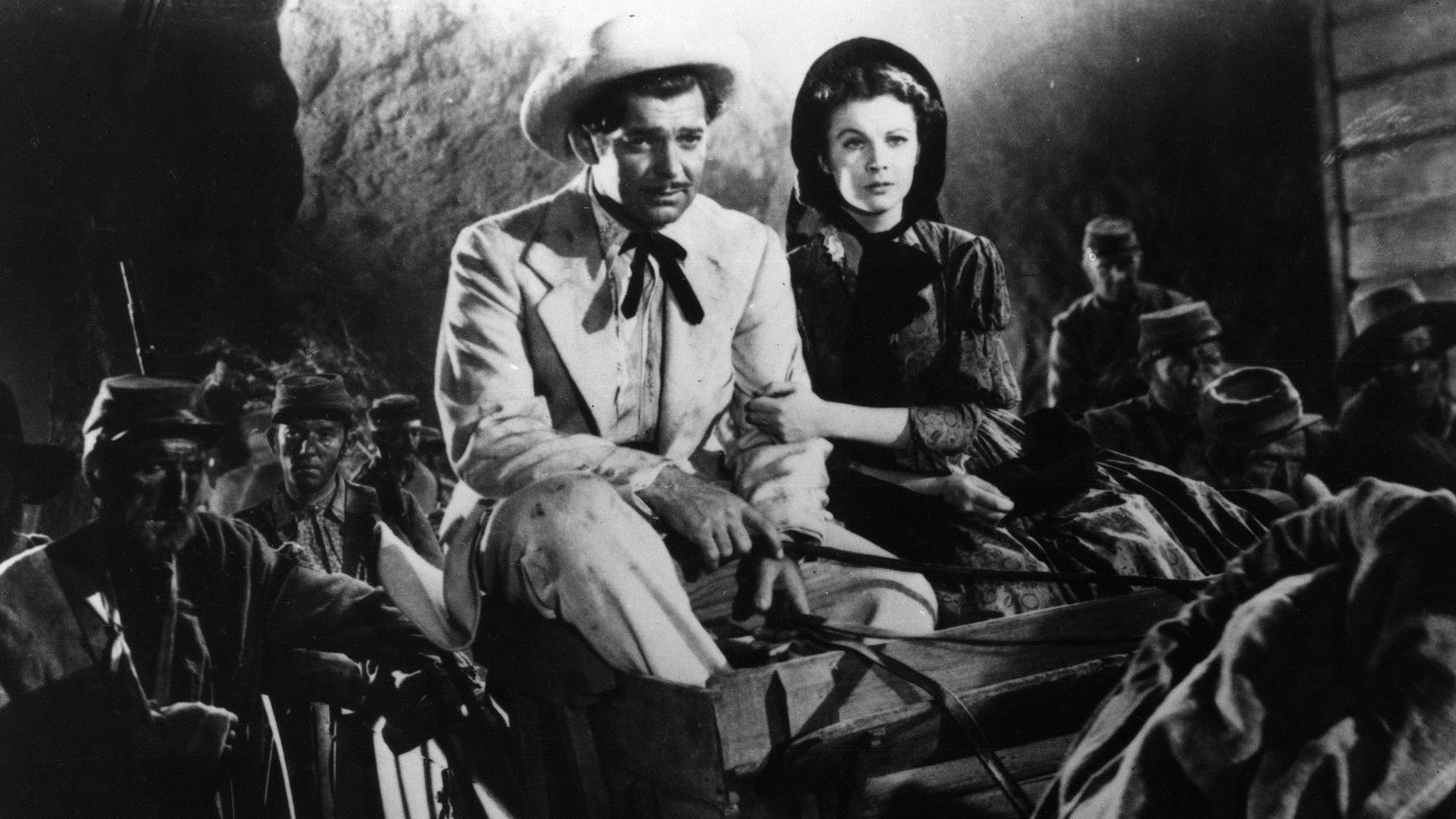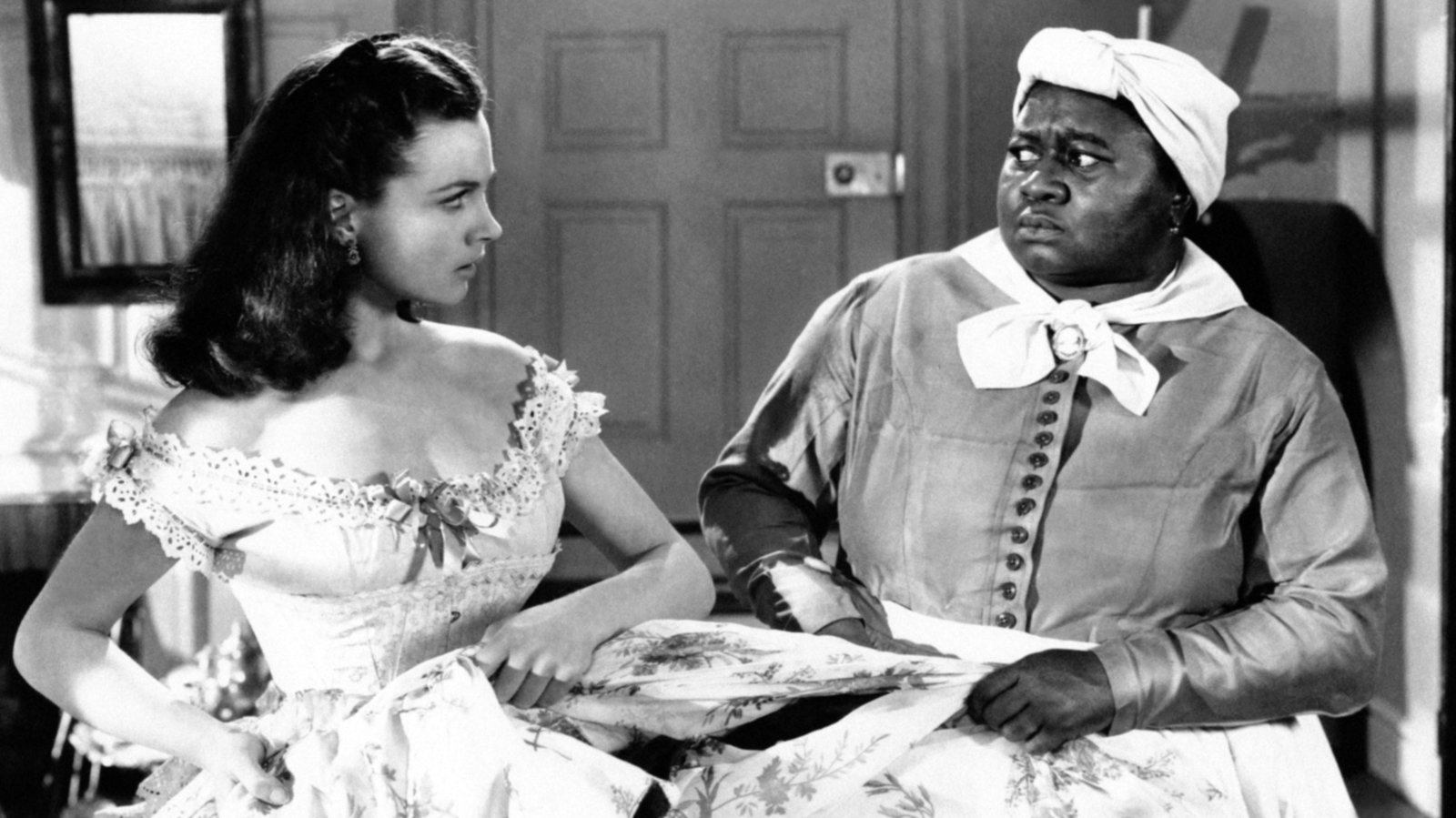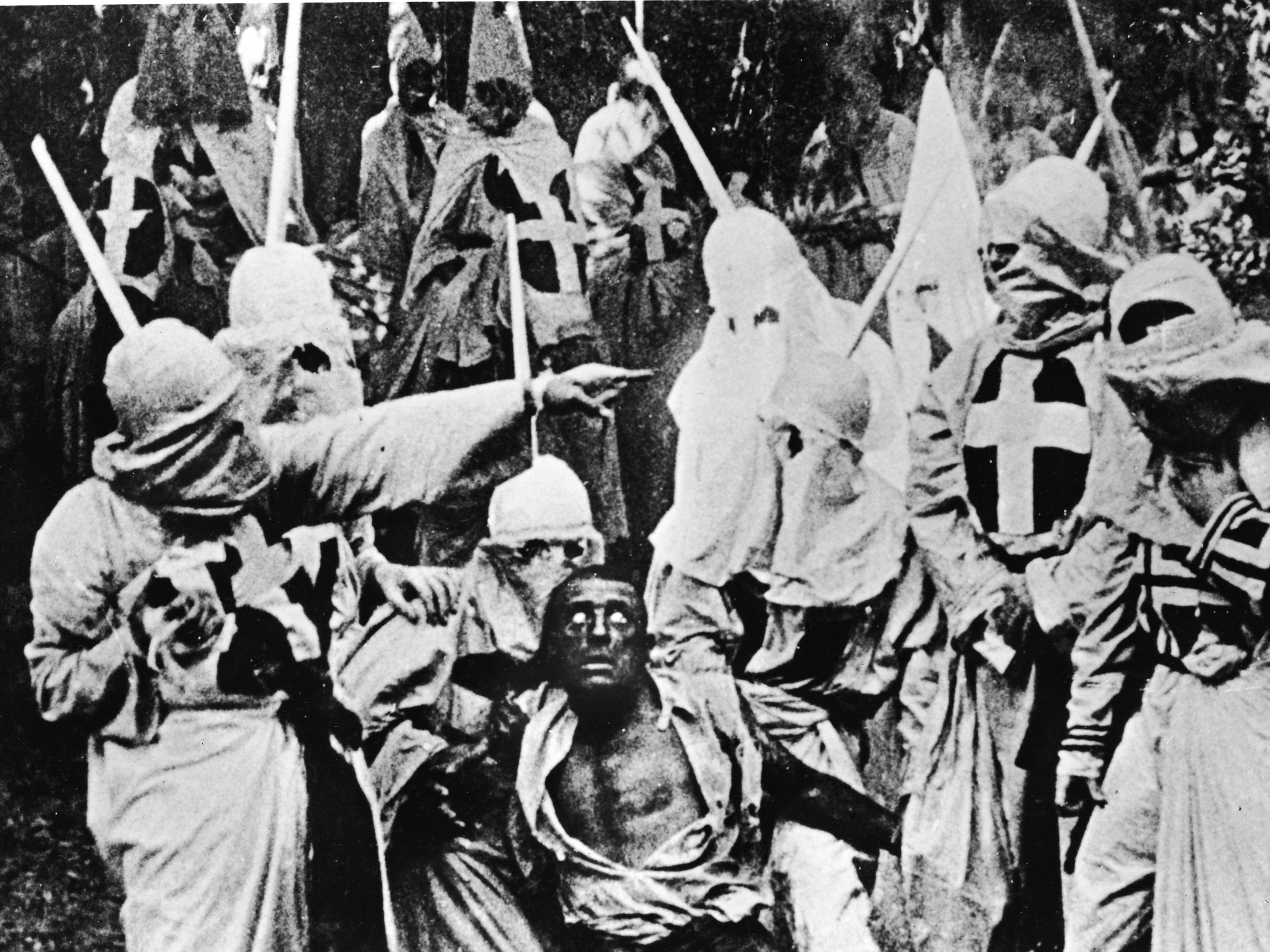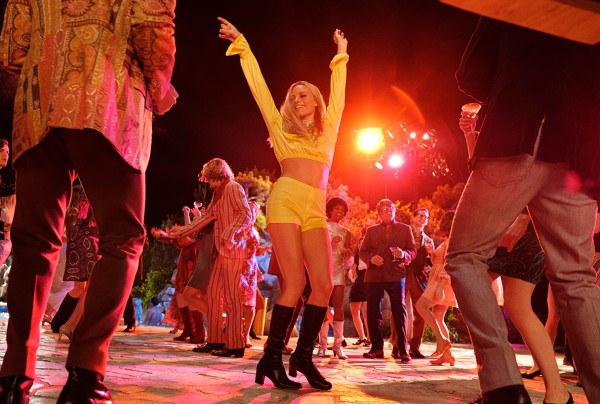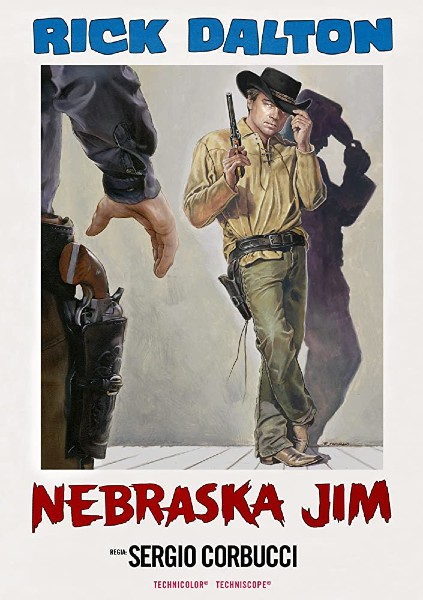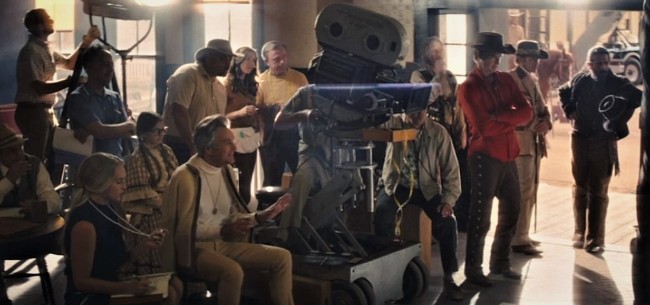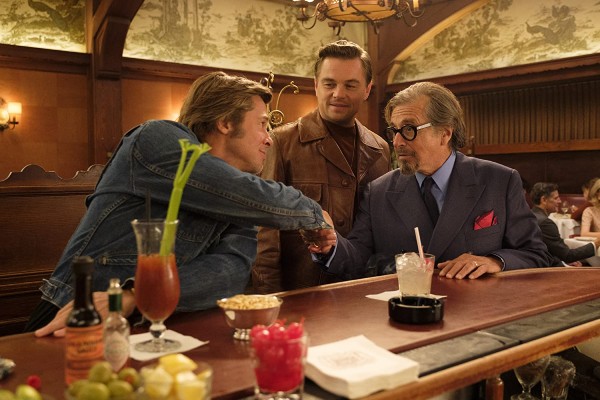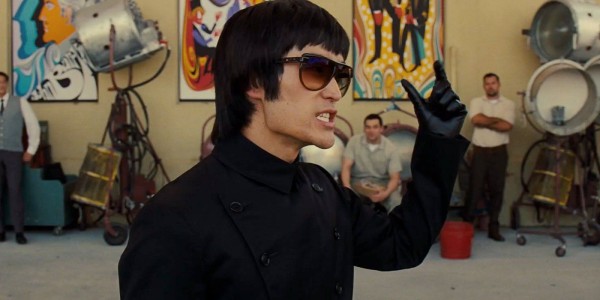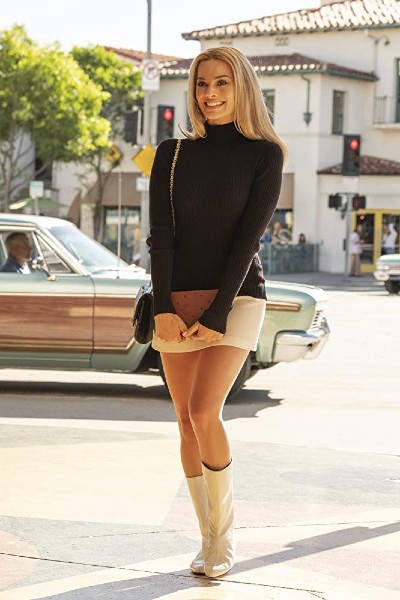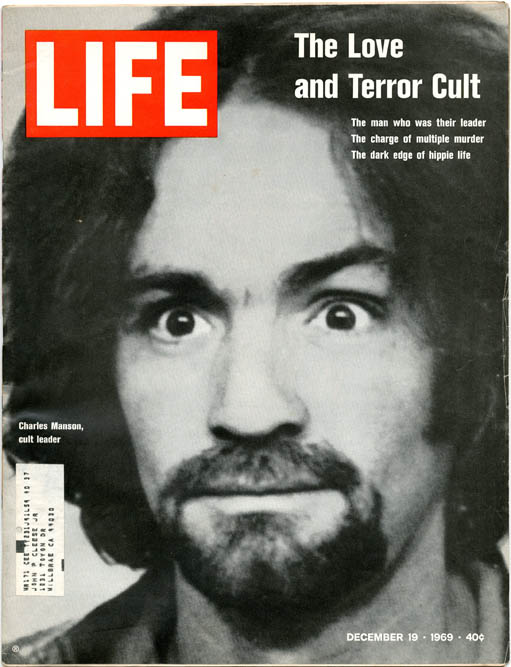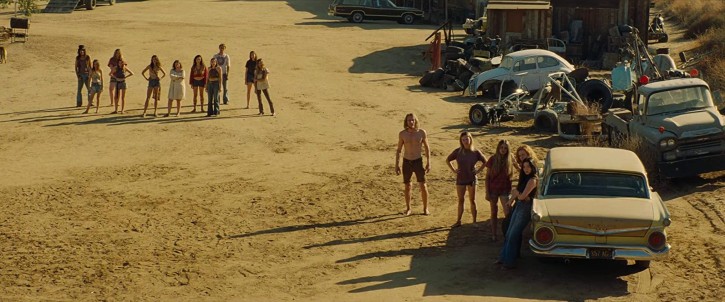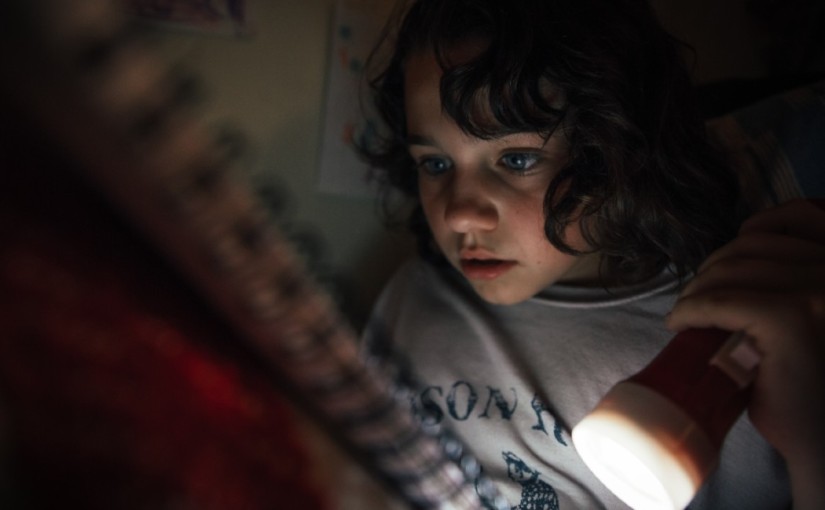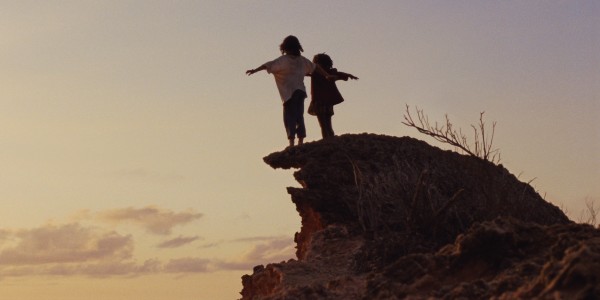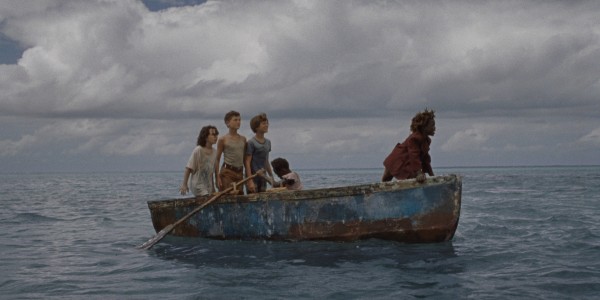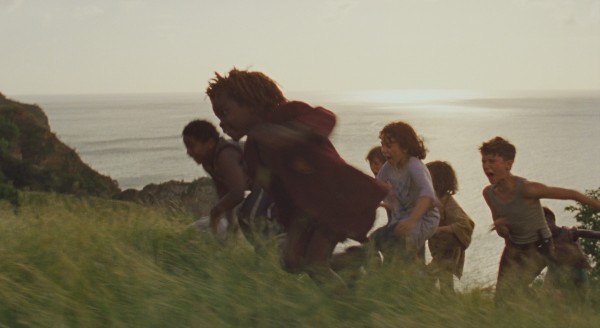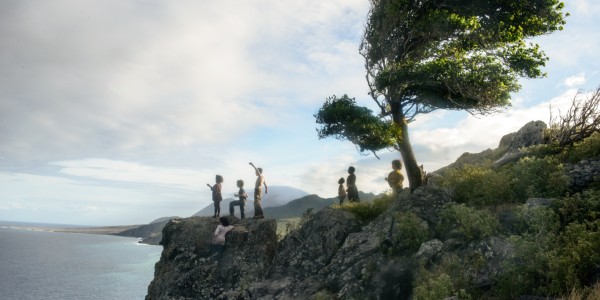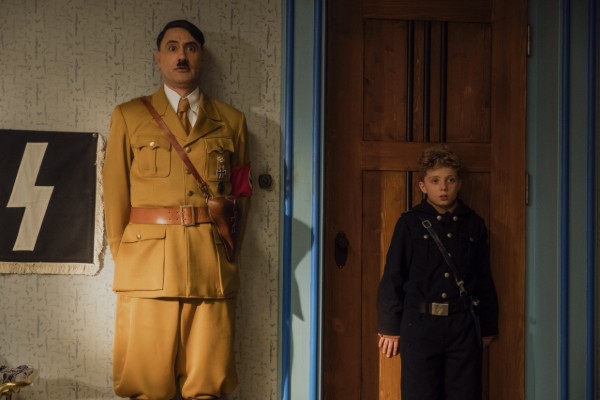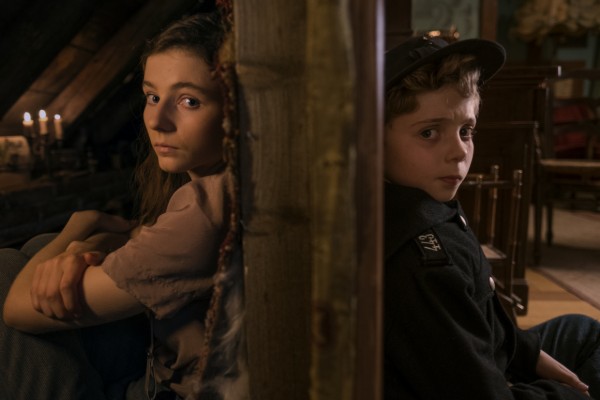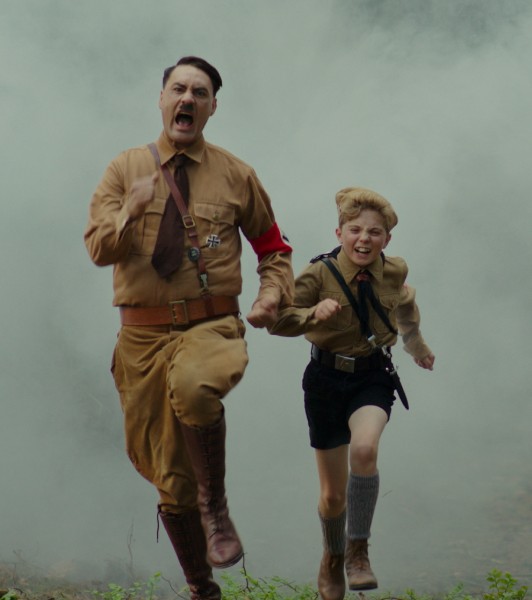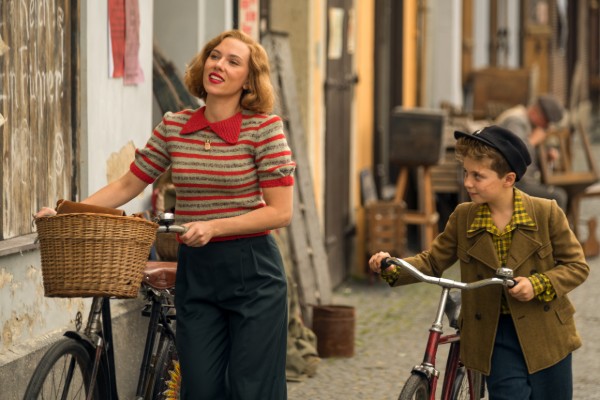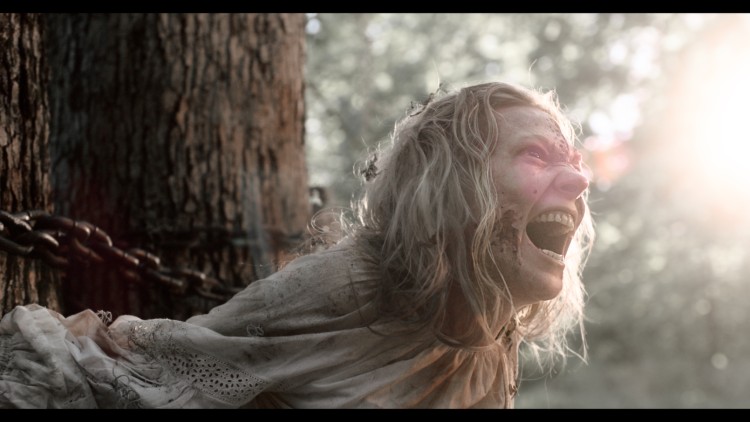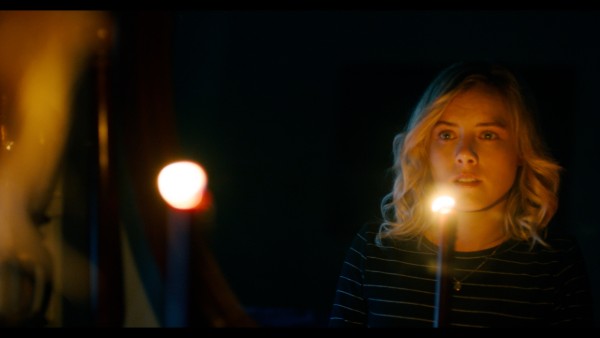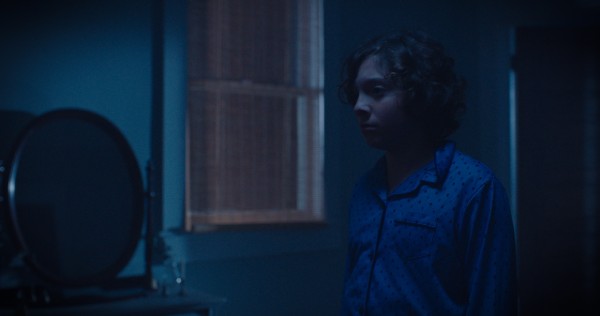“Do you expect me to talk?” Sean Connery, the big screen’s first James Bond asks, strapped to an industrial table, about to be carved in half lengthwise by the silver screen’s first special effects laser beam.
Gert Fröbe, as Auric Goldfinger, looks at Bond with amusement and annoyance. “No, Mr. Bond. I expect you to die.”
Fröbe’s heavily accented voice was dubbed, but no one knew that in 1964, when Goldfinger became perhaps the most popular entry in the impossibly long-running James Bond movie series. The scene is iconic. Virtually every Bond villain has had his (and occasionally her) “Goodbye Mr. Bond” moment, but Bond always escapes. He’s been nearly cremated in a coffin (Diamonds Are Forever), fed to sharks (several times, including Thunderball, Live and Let Die and For Your Eyes Only) crocodiles (Live and Let Die) and Komodo Dragons (Skyfall), and survived close encounters with venomous spiders (Dr. No) and snakes (Live and Let Die). He’s nearly been incinerated under a space shuttle lifting off (Moonraker) and handcuffed to an atom bomb (Goldfinger). (He’s been in very close quarters with atomic devices about to detonate at least four times, in Goldfinger, The Spy Who Loved Me, Octopussy and The World is Not Enough.)

All that, and what might take out the world’s most successful film franchise is a virus.
As my longtime friend and colleague, Lights Camera Jackson Murphy has just reported, the release of the latest James Bond movie, said to be Daniel Craig’s swan song in the role, No Time to Die, has been delayed again. Originally scheduled for release in April 2020, the 25th official James Bond movie was delayed by the worldwide Covid-19 pandemic. It was subsequently shuffled between a couple of November 2020 release dates, and finally booted to April 2021. It’s now been rescheduled again, this to time to October 8th. Distributors M-G-M and United Artists clearly want this very expensive movie on big screens. Releasing a Bond movie directly to the home video market would be a staggering blow to the franchise’s prestige. But what if theaters aren’t open by this fall? Push the movie to 2022?
M-G-M has a potentially compelling reason to wait – reportedly the venerable studio wants to sell itself and its library, and Bond is a key asset in that library. A new Bond blockbuster (Skyfall hit the billion dollar worldwide gross mark, now the blockbuster benchmark) would certainly up the price.
The problem is whether audiences will still care. As it is, obviously No Time to Die is set in a pre-pandemic world. Will it seem dated, even quaint? Ian Fleming’s novels were set during the height of the Cold War, and that reality always informed the stories. One of the central selling points of the movies has always been that they were completely contemporary, and marched on relentlessly long after the collapse of the Berlin Wall and the Soviet Union. But Bond’s casual one-night stands may seem almost nostalgic in a world where facemasks and forehead thermometers are de rigeur. 9/11 changed literature and movies, and you can almost always tell when something was written before then – much the way shots of the World Trade Center in movies set in New York City tend to jump out at those of us old enough to remember it.

But if the studio bites the bullet and releases No Time to Die directly a streaming service, it will almost certainly end the franchise for theatrical purposes. Bond has been a big screen property since Dr. No in 1962. Bond always plays in theaters and dominates its opening weekend (the lone exception in recent memory being probably Tomorrow Never Dies, not because the movie didn’t do well, but because it opened the same day as Titanic).
If a Bond movie goes to streaming either instead of a theatrical release or even concurrently with a theatrical release, it will likely cripple the theatrical prospects of any future Bond movies, at least for the near future. There are already concerns that Warner Bros.’ decision to release all of its product for the next year or so directly to HBO Max, may have a long-term damaging effect on theaters across the board.
The Bond movies have always been big in scale and scope, with exotic location shooting, large-scale stunt sequences, dazzling special effects and gorgeous women. The theme songs have often been hits. The songs for Skyfall and Spectre won Oscars.
But it might well be argued that the movie series has pretty much run its course. Of the four Daniel Craig Bond movies that have already been released, half are good, but those two are great. Casino Royale rebooted the series, putting Bond at the beginning of his career and ignoring the movies that came before it. It was a one-shot premise: the audience waited eagerly for familiar elements – the Aston Martin, ordering a vodka martini, shaken not stirred, finally saying “The name is Bond – James Bond.” Skyfall took it full circle. In between, Quantum of Solace was a watchable action movie with great cinematography, but it was a pale shadow. Spectre was big on brawn, short on brains, and made this critic at least wish they’d stopped with the brilliant Skyfall.

Ironically, the first James Bond adaptation was made for TV – a live TV drama of Casino Royale in 1954, only a year after the publication of Fleming’s first James Bond novel. Barry Nelson has the distinction of being the first actor to play James Bond (often called “Jimmy” in the play), and still the only American to play the part. (James Brolin came close in the eighties, but apparently couldn’t master a consistent, convincing English accent.) Peter Lorre was admirably cast as the villain Le Chiffre. The first Bond adaptation emphasized suspense over car chases, big ticket property damage and special effects.
This begs the question as to whether the iconic movie franchise, which is the longest-running and most successful movie series in history, has perhaps run its course. But the end of an era wouldn’t necessarily mean the end of Bond. Of all the Bond feature films, surprisingly few have been even reasonably faithful adaptations of the novels that gave them their titles. To varying degrees, Dr. No, From Russia With Love, Goldfinger and On Her Majesty’s Secret Service bear recognizable resemblances to the novels they’re based on. Thunderball was actually an original screenplay novelized by Fleming after the fact. The last two Connery vehicles in the Eon Productions/Albert R. Broccoli series, You Only Live Twice and Diamonds are Forever, pretty much throw the source material out the window. None of the Roger Moore movies have anything to do with the Fleming books, and in fact The Spy Who Loved Me, probably the best-loved Moore starrer, takes its title from a novel Fleming so disliked he only sold the movie rights on the condition that they use the title but nothing else. The Living Daylights, the first of two Bond movies starring Timothy Dalton, was also the last to use a Fleming title until the Daniel Craig movies. (Minor elements of the short story entitled “The Living Daylights” do creep up in the movie.)

The situation isn’t surprising. The Fleming novels and stories present James Bond as a World War II veteran and Cold Warrior. Many were dated by the times their titles were used. Moonraker is a damn good novel, but its Cold War story revolving around fifties rocketry, was completely outdated by the time the movie was made, and the producers wanted to make a special effects-laden, science fiction-themed product in the wake of the recent Star Wars, Close Encounters of the Third Kind and Superman.

Which means there’s actually a wealth of James Bond stories familiar to fans of the novels that would be new to fans of the movies only. To adapt them faithfully, they’d have to be done as period pieces. That could actually be a very good, albeit expensive idea. But what? You think the Daniel Craig movies are cheap? These things run a couple of hundred million dollars to make. Recent productions on cable, HBO’s exquisitely produced Perry Mason reboot miniseries comes to mind, have featured period settings on a scale that put actually put some feature films to shame. Showtime’s Penny Dreadful: City of Angels also evocatively brought Los Angeles in the thirties to life. Epix’s Pennyworth is set in London during an alternate 1960s. None of these shows look cheap.
So the modest proposal is to film the entire series of James Bond novels, in order, and in their original Cold War settings. Some premium cable network or streaming service should be able to pick up the tab for this, and although the novels are short, the possibility of doing each one as a miniseries is tantalizing. As fans of any number of cable and streaming shows know, these shows frequently present graphic sex and violence that would make many R-rated movies look tame by comparison. A James Bond series shot for a streaming platform could be, and probably would be, far grittier than the the PG-13 features.
So while the Covid-19 pandemic has raised Holy Hell with theatrical distribution of motion pictures, it has if anything heightened demand for new scripted entertainment at home. The pandemic may achieve what no Bond villain has ever been able to do before, but the possibility of Bond rising from his own cinematic ashes in a new and exciting form is very possible. And it might just be time.

